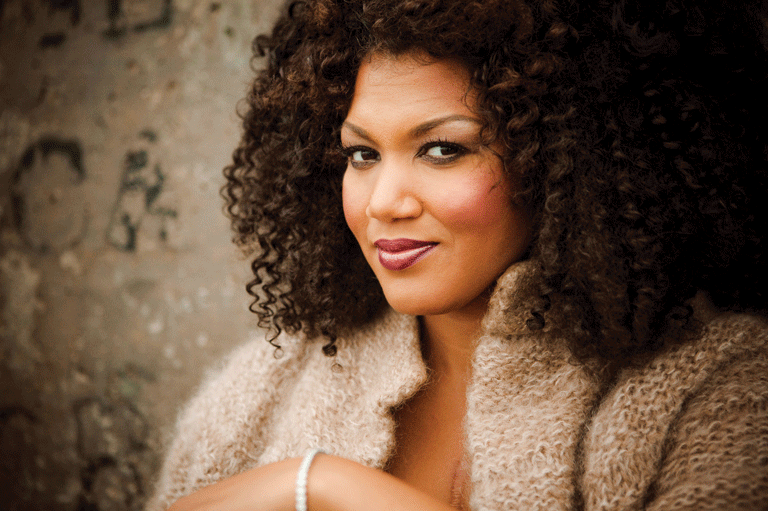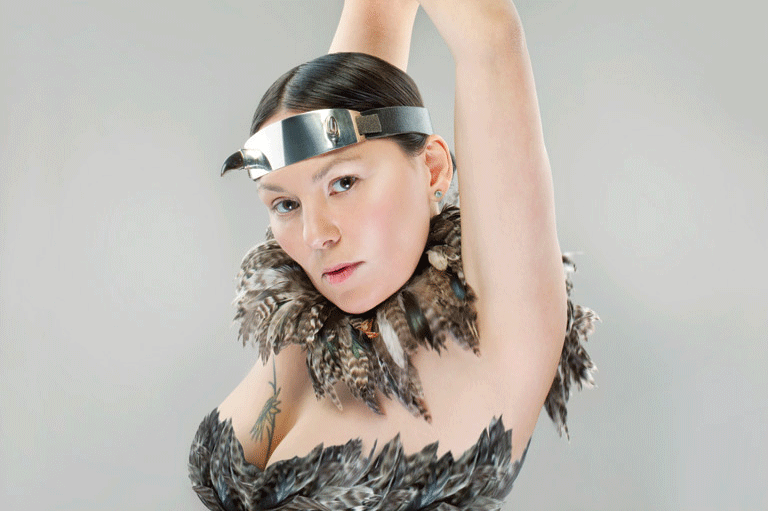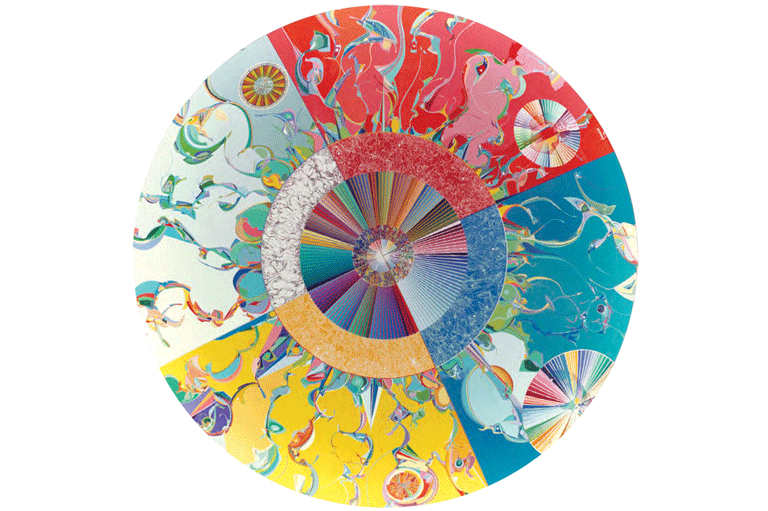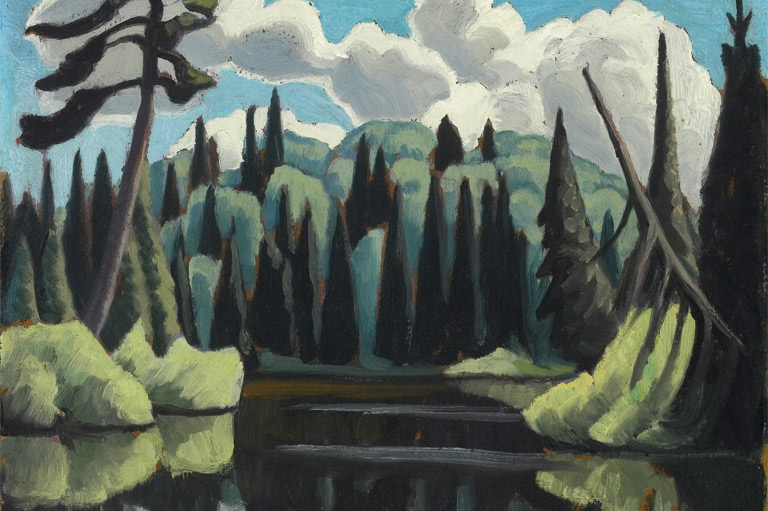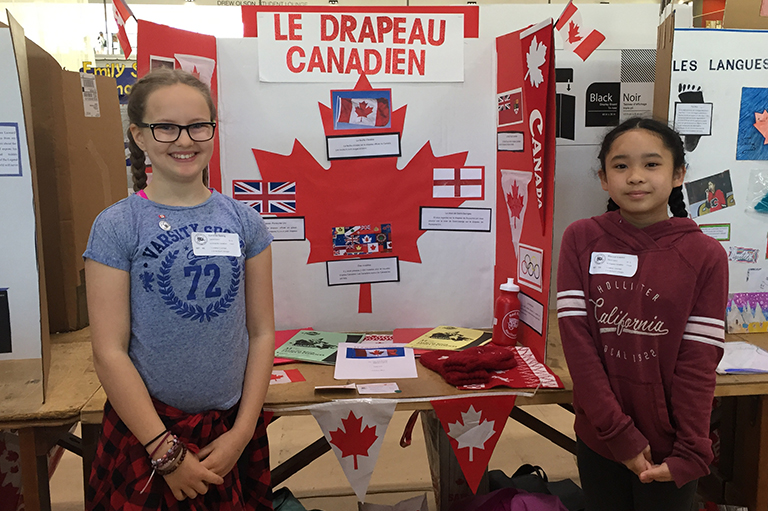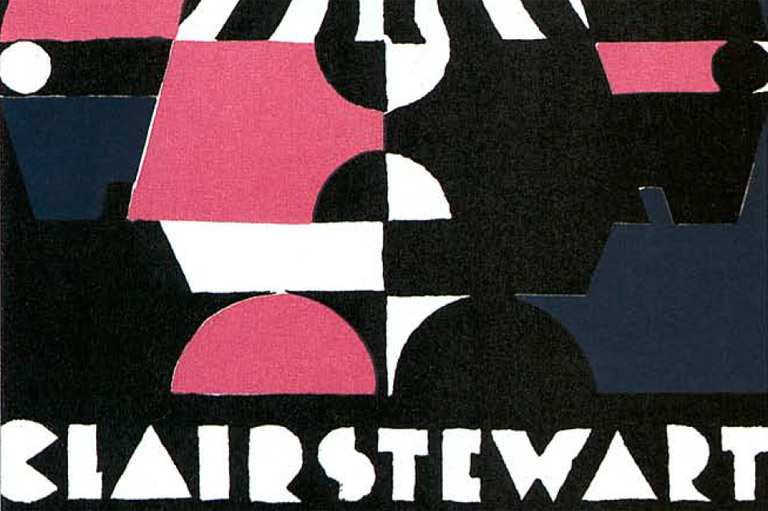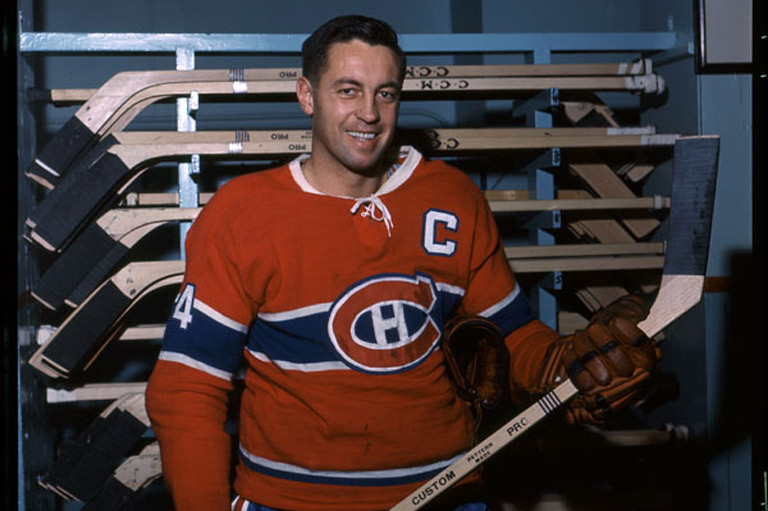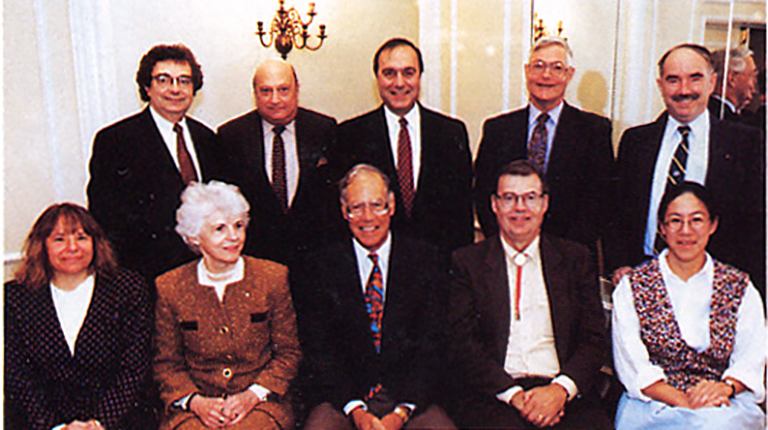Artistic Roots
But long before Canada became a country, this land was home to the rich variety of music created by Indigenous peoples and passed down through the generations.
When colonization began, Europeans brought with them their own musical styles and instruments. While the numerous societies in pre-Confederation Canada would struggle to maintain their cultural traditions, they also happened to influence each other, creating unique hybrid styles of music.
In the years just before and after 1867, many popular songs of the day dealt with the topic of Confederation — some championing the idea, some criticizing it — while other songs told the stories of events such as Métis leader Louis Riel’s Red River resistance of 1869–70. A few songs from that era have endured, and many traditional styles can still be heard.
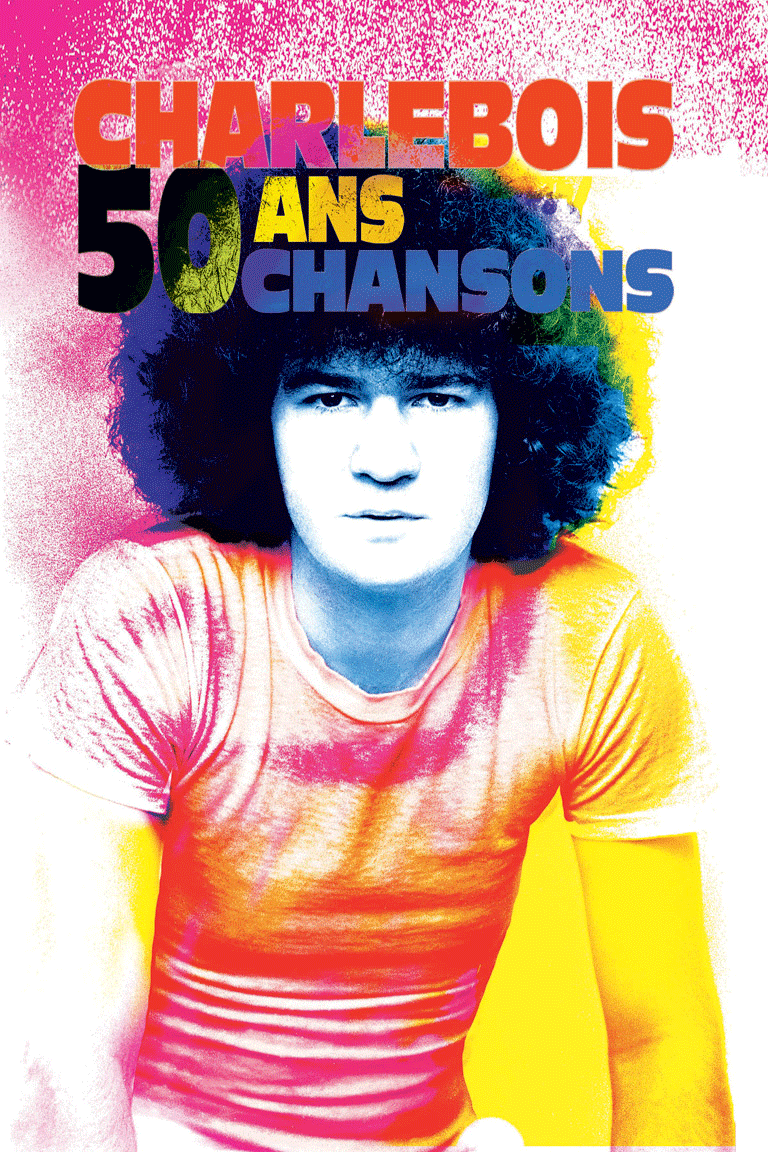
Canadian music has continued to evolve, while the quantity and variety of music has grown exponentially. Artists such as Robert Charlebois, La Bolduc, Leonard Cohen, Gordon Lightfoot, Oliver Jones, Joni Mitchell, Neil Young, Susan Aglukark, Natalie MacMaster, Charlie Panigoniak, Daniel Lanois, k.d. lang, Neko Case, Measha Brueggergosman, and many more have helped to place Canadian music in the spotlight on the world’s stage.
Today, some of Canada’s most exciting and acclaimed music is the result of musicians combining diverse musical traditions. Listen to an album by A Tribe Called Red, and you will hear a compelling fusion of First Nations drumming and chanting interwoven with gritty rap vocals and electronic dance music. Attend a Tanya Tagaq performance, and you will experience a powerful convergence of Inuit throat singing and avant-garde improvisation with a punk rock spirit.
The sounds may have changed over the last 150 years, but the traditions of social commentary and storytelling through music can still be heard loud and clear.
Most major art galleries across Canada contain Indigenous art in their collections, but it hasn’t always been this way. When Canada was formed 150 years ago, Indigenous art was largely misunderstood by European settlers — and it remained so over the next century.
Canadian music has continued to evolve, while the variety of music has grown exponentially.
In the nineteenth century, scenes of exploration, cross-cultural contact, and settlement were popularized by artists such as Paul Kane, Frances Anne Hopkins, and Cornelius Krieghoff. During this period, Europeans were largely unfamiliar with Indigenous cultures and viewed these scenes through a veil of exoticism.
After Confederation and the expansion of the railways, artists and photographers had easier access to remote regions. Their painting allowed people in urban areas to view Canada’s natural splendour without leaving home. You can explore these landscapes in the works of Emily Carr and Tom Thomson, both of whom had a profound influence on modern Canadian art.
In the early twentieth century, the Group of Seven continued the movement to connect Canadians with the country’s boreal forests and endless lakes, creating a bold new style of Canadian art. Despite their disbanding in 1933, the Group of Seven produced works that continue to resonate with many Canadians.
In the late twentieth century, the Professional National Indian Artists Incorporation was founded. The group’s goal of empowering artists to express the Indigenous experience through multiple perspectives led to the broader recognition of Indigenous artists in Canada.
Today, Indigenous art and artists — from early innovators such as Kenojuak Ashevak, Bill Reid, and Norval Morrisseau to contemporary artists like Rebecca Belmore, Brian Jungen, and Kent Monkman — are celebrated across Canada.
Many Indigenous artists employ traditional techniques like Inuit sculpting and printmaking, Métis beadwork, and Haida designs and carving. Others use classical European techniques and contemporary practices to create works expressing contemporary subjects. Regardless of training or technique, artists continue to express concern for society, and they draw attention to social, political, racial, and environmental issues through their work.
Sign up for any of our newsletters and be eligible to win one of many book prizes available.
We hope you will help us continue to share fascinating stories about Canada’s past.
We highlight our nation’s diverse past by telling stories that illuminate the people, places, and events that unite us as Canadians, and by making those stories accessible to everyone through our free online content.
Canada’s History is a registered charity that depends on contributions from readers like you to share inspiring and informative stories with students and citizens of all ages — award-winning stories written by Canada’s top historians, authors, journalists, and history enthusiasts.
Any amount helps, or better yet, start a monthly donation today. Your support makes all the difference. Thank you!
Themes associated with this article
Advertisement
Save as much as 52% off the cover price! 6 issues per year as low as $29.95. Available in print and digital.

